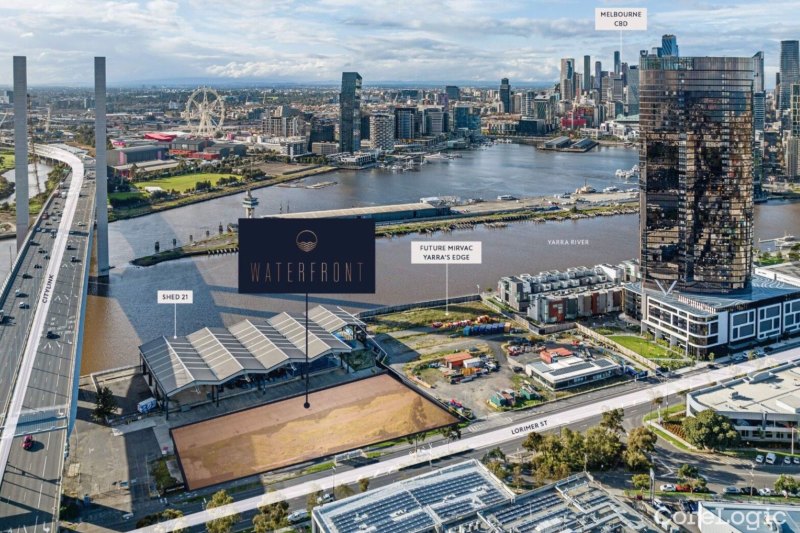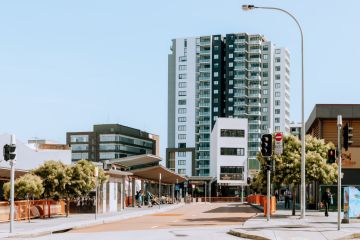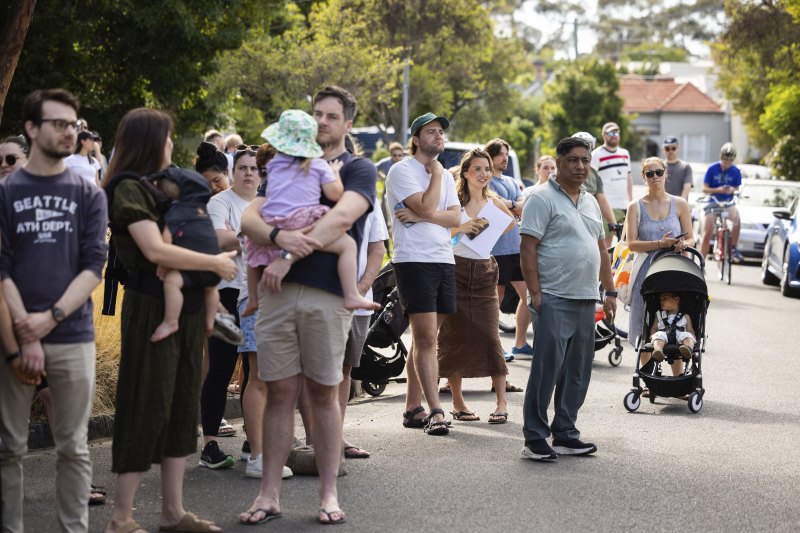Why you need to understand yield before investing in Sydney property
If you’re considering investing in the property market, yield is a key term to know.
Prospective landlords use yield as an indicator to establish the investment potential of a property.
Those seasoned in the real estate game use yield as a guide to determine whether or not a home is a contender for their shortlist when on the hunt for a new investment.
Of course, there are other aspects that inform the value of a property investment, including land banking, the potential for future infrastructure connection, a seascape, or even those thinking of their future retirement location.
Yield calculations tend to be annually based, and expressed as a percentage of the asset’s market value.
A yield percentage provides an approximate indication of that asset’s rental income, compared with the value of the property. This figure is calculated as gross yield, before any associated expenses are allocated.
The ideal investment
For many, when embarking on the journey of property investment, snagging a dwelling that has multiple cash positives is the dream scenario.
- Related: Best spots to invest in apartments
- Related: Sydney to grow 8 per cent
- Related: Investment interest in Newcastle soaring

The challenge for rookie investors is to snag a smart investment property before another buyer. Photo: Peter Rae
High yield is one of the most sought-after attributes, as well as the potential for significant capital growth, a solid rental return, and low ongoing out-of-pocket expenses.
The challenge for new investors is to snap up this type of property before another savvy buyer, as this sort of investment does not linger on the market for long.
The Sydney market

Particularly in Sydney, houses tend to offer lower yields than units. Photo: James Brickwood
Typically, apartments tend to offer better yields than houses. In Sydney, this has long been the case.
Sydney gross rental yields hit rock bottom in the September 2017 quarter, tightening to produce the lowest on record at 3.12 per cent for a house and 3.86 per cent for a unit.
The gap between Sydney’s house and unit rental yields now sits at 0.73 per cent, the fifth highest difference between house and unit yields on record.
Where to invest
Investors in search of a higher rental return could find better prospects in other Australian cities.

Hobart houses recorded the highest rental yield potential for the September quarter. Photo: Tourism Tasmania
As of the September quarter of 2017, Hobart houses ranked highest, with a yield potential of 5.29 per cent.
Those in search of a unit could opt for Canberra, given that the bush capital provided the highest yielding unit market at 5.77 per cent, according to data from the September 2017 quarter.
Investment expenses
Investing in property can require a substantial injection of cash, from ongoing expenses to unforseen maintenance costs.
Gross yield provides an easy comparative between different value assets and rental incomes.

Investing in a rental property is full of hidden costs. Photo: Glenn Hunt
The net yield allows investment expenses to be factored into the calculation. The output is expressed as a percentage of the property’s value, compared to the income-producing element of the investment, after the deduction of expenses.
Rookie investors should not underestimate expenses. They range from transactional fees (stamp duty and legal), vacancy costs (advertising and periods of no rental income), maintenance, management charges, insurances, strata fees and rates.
We thought you might like
States
Capital Cities
Capital Cities - Rentals
Popular Areas
Allhomes
More







